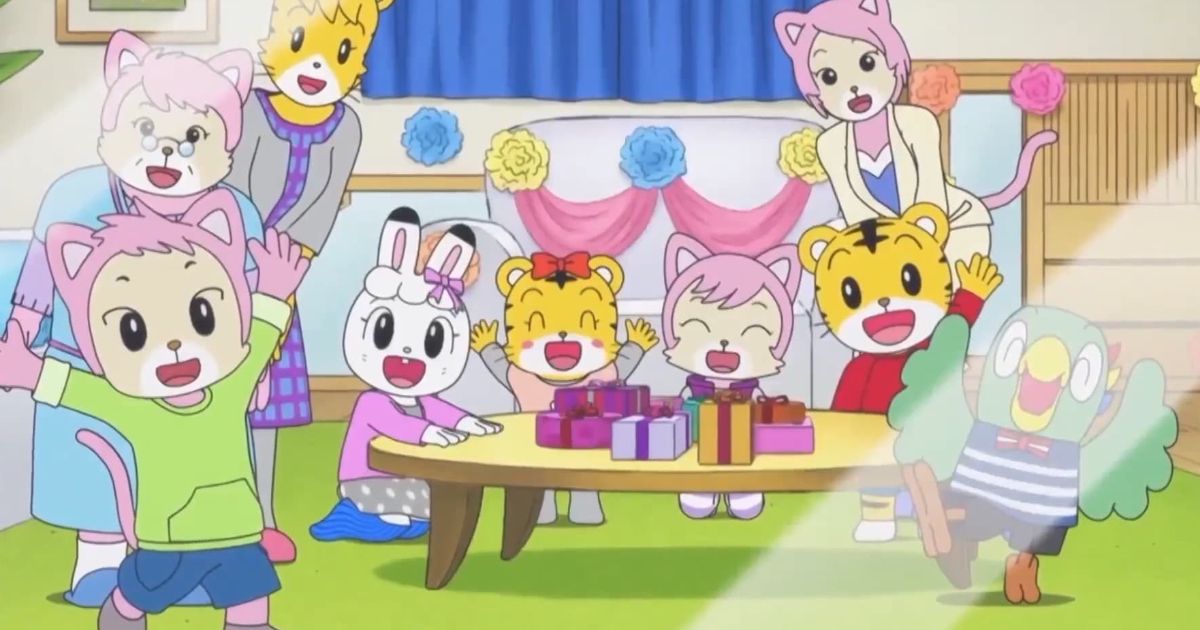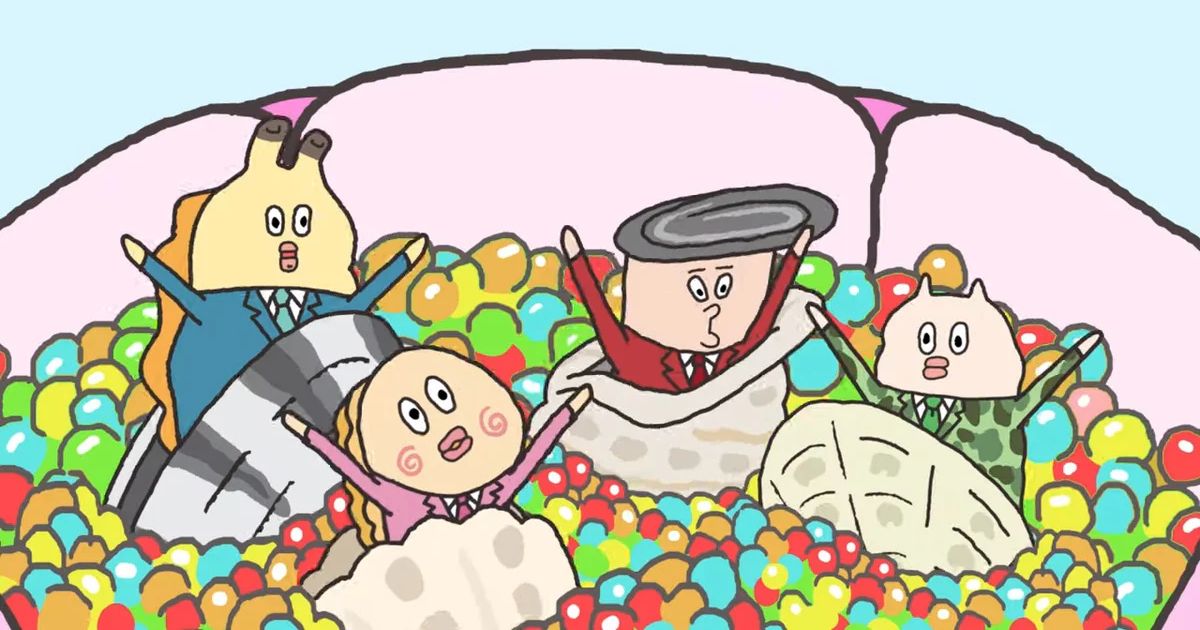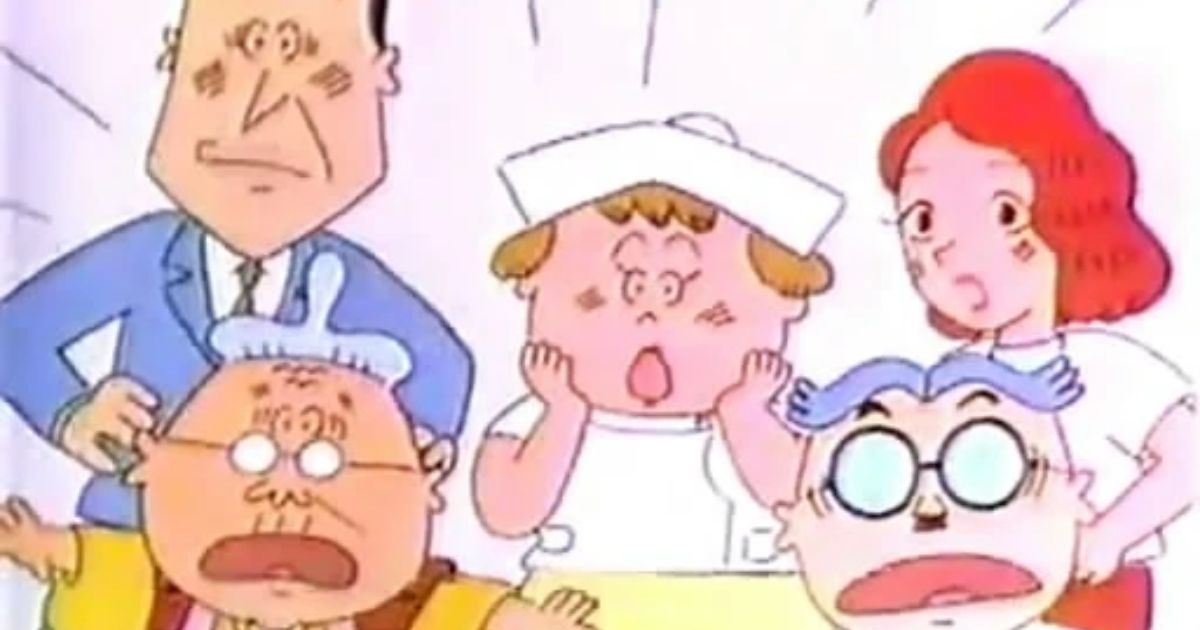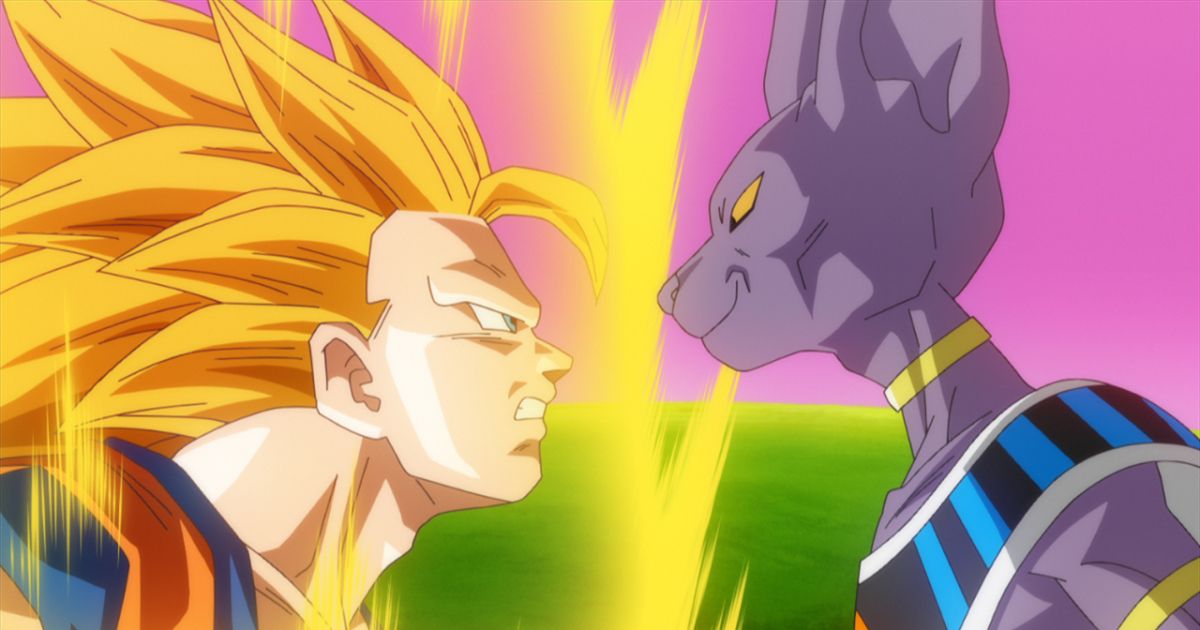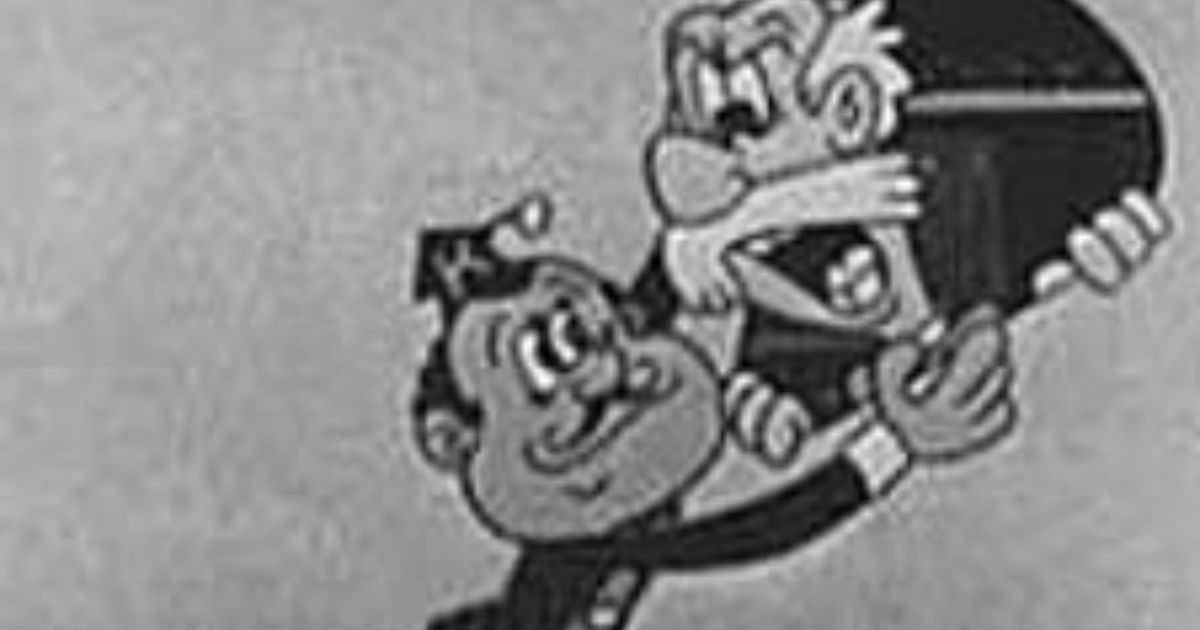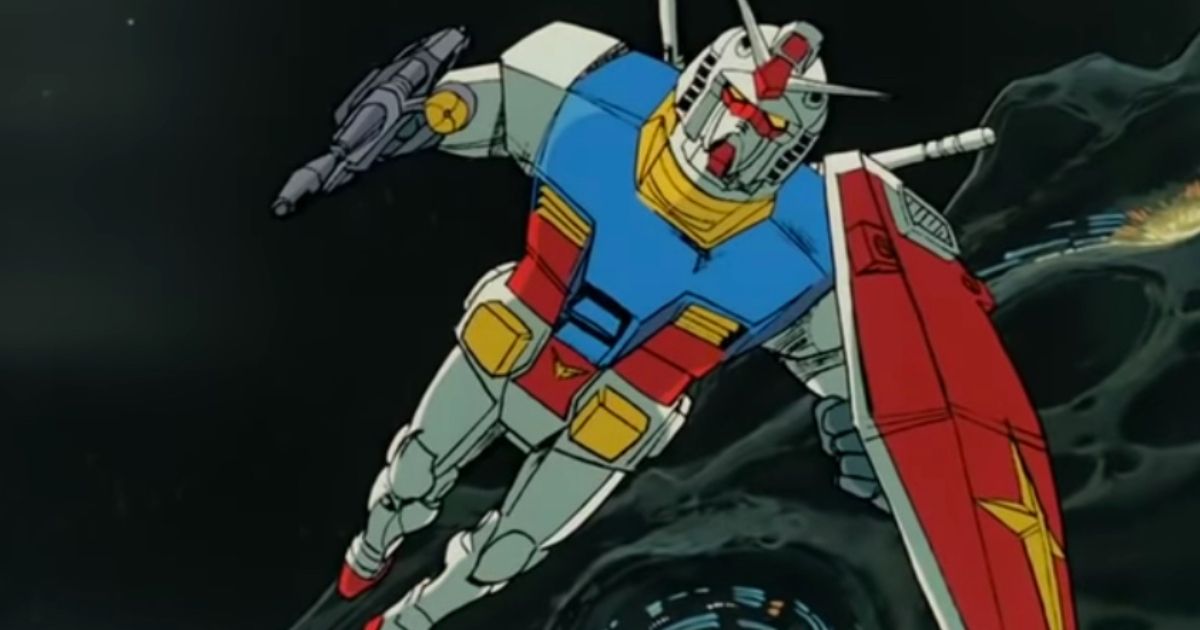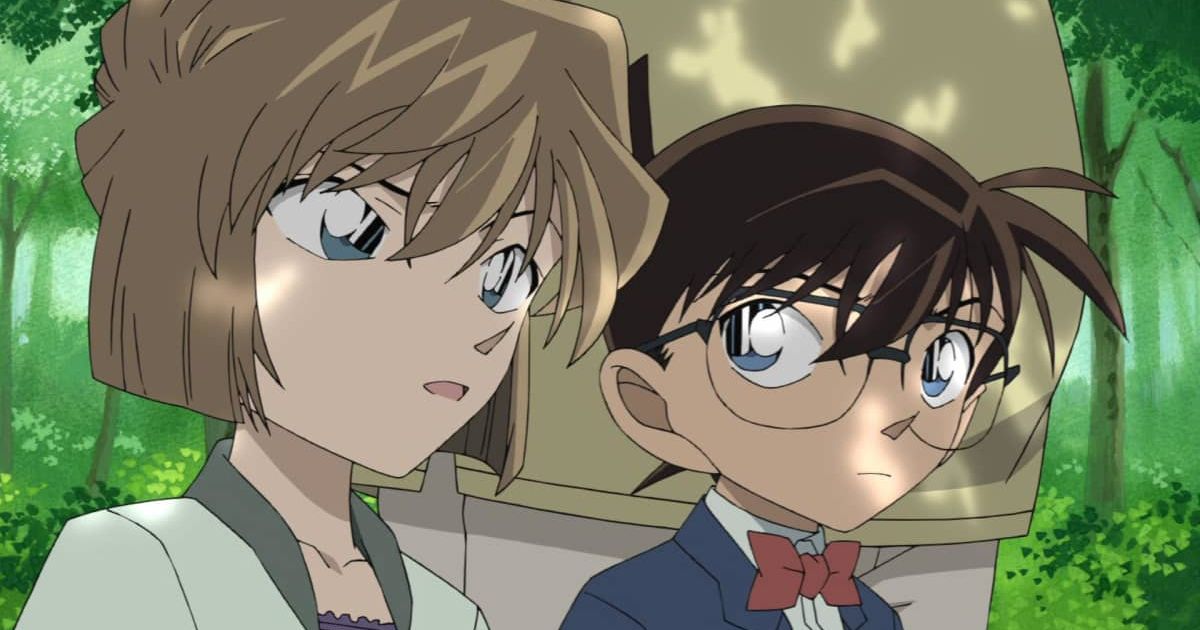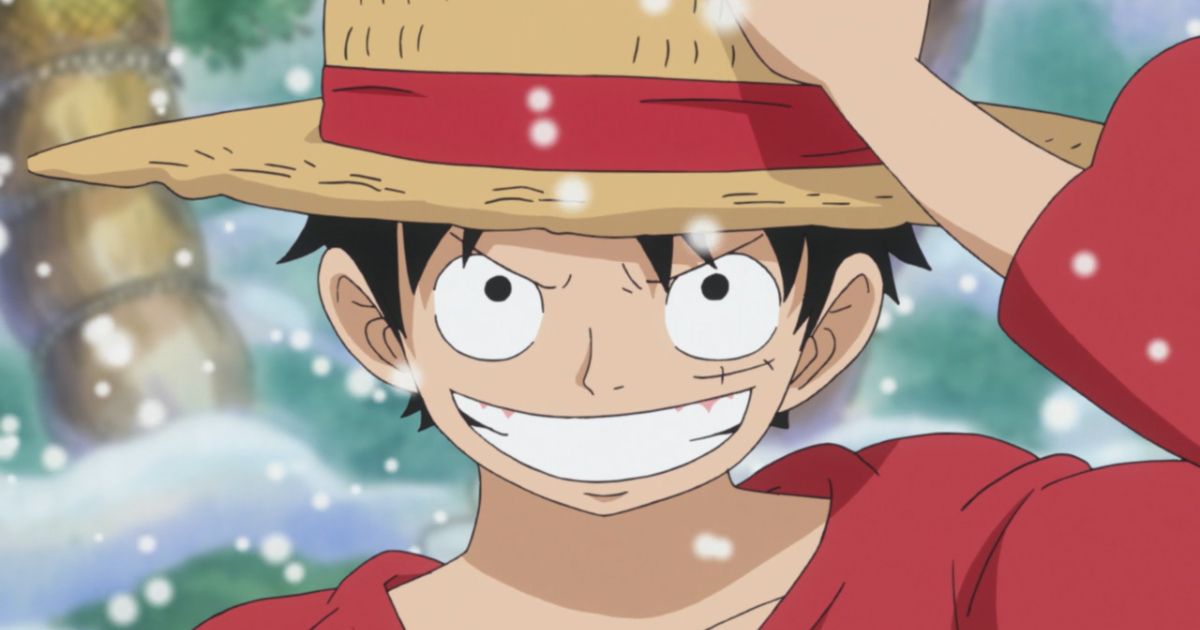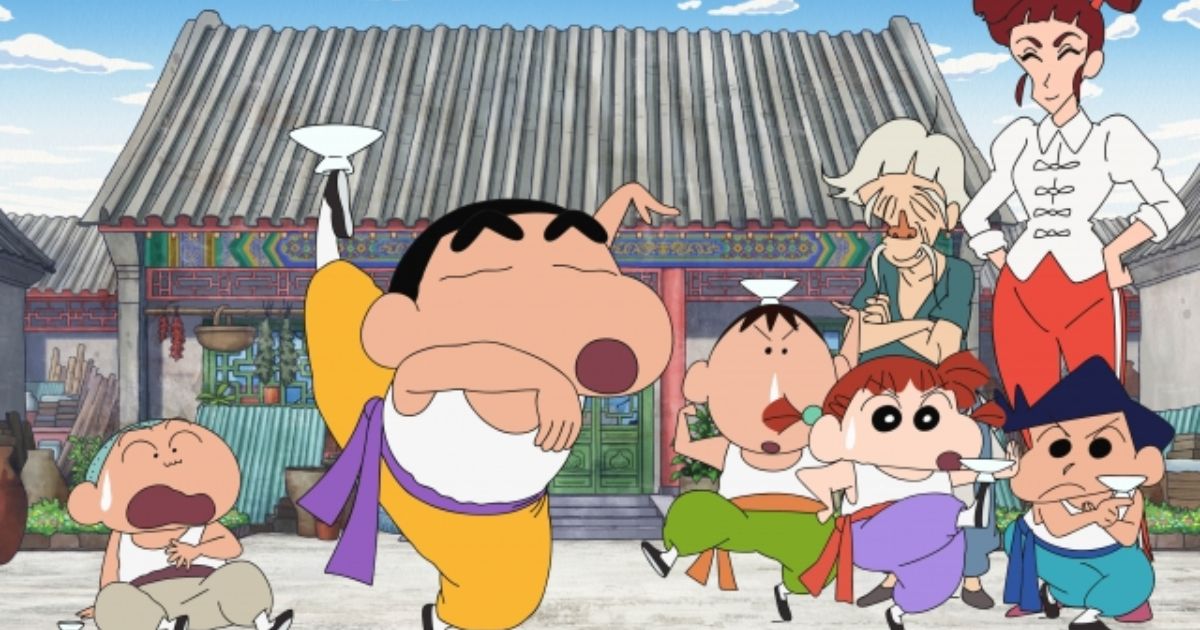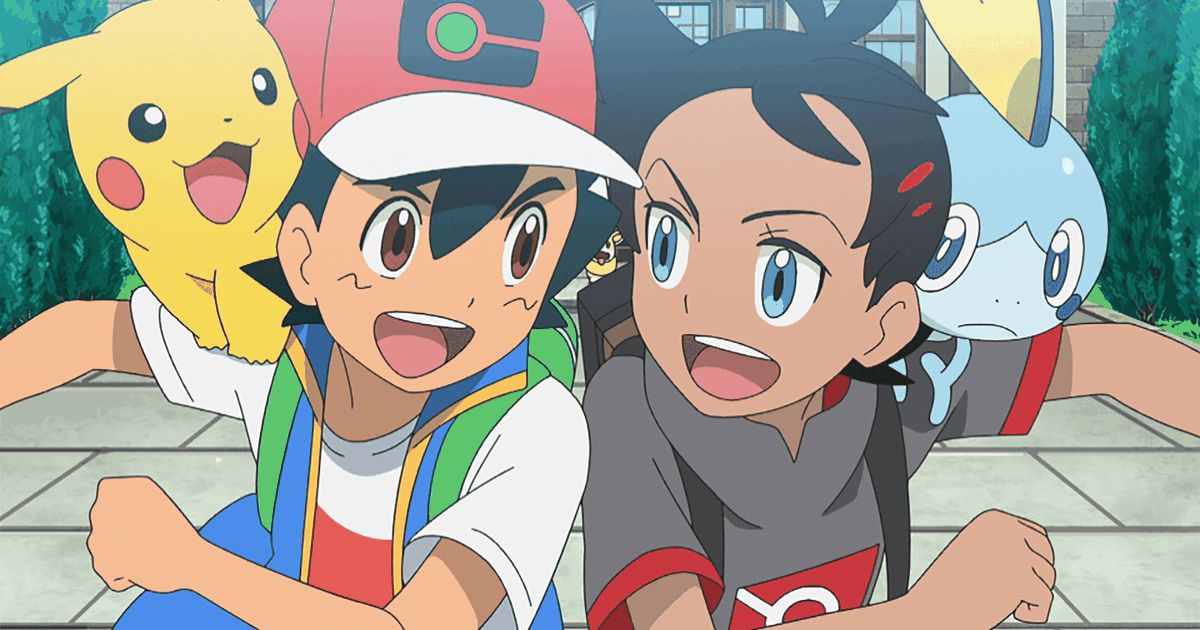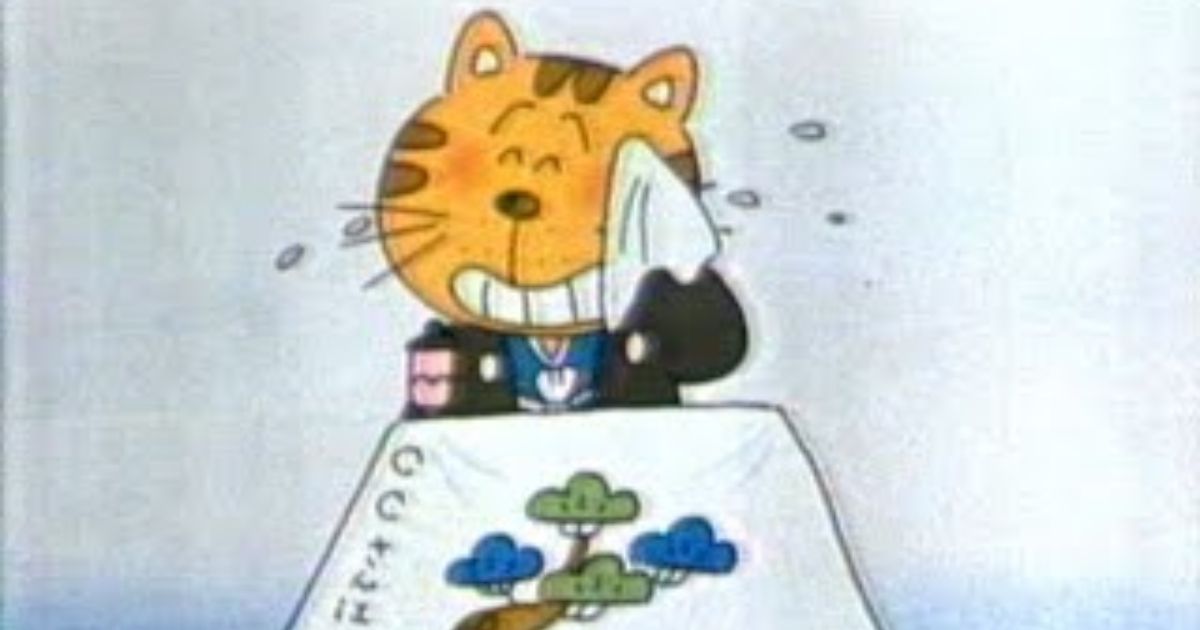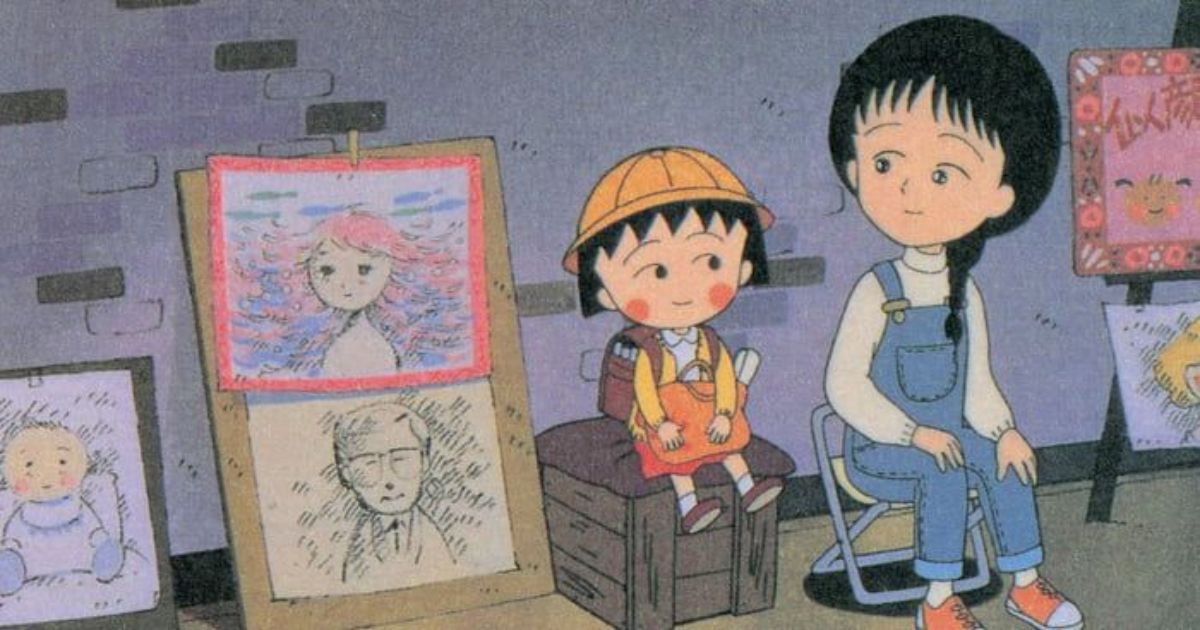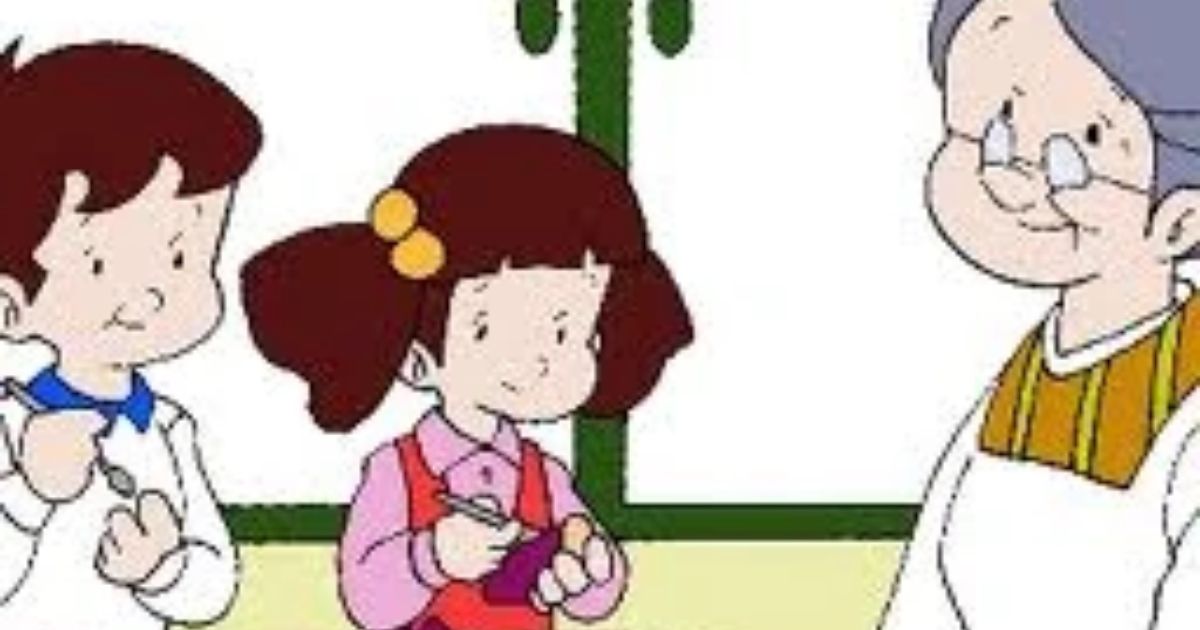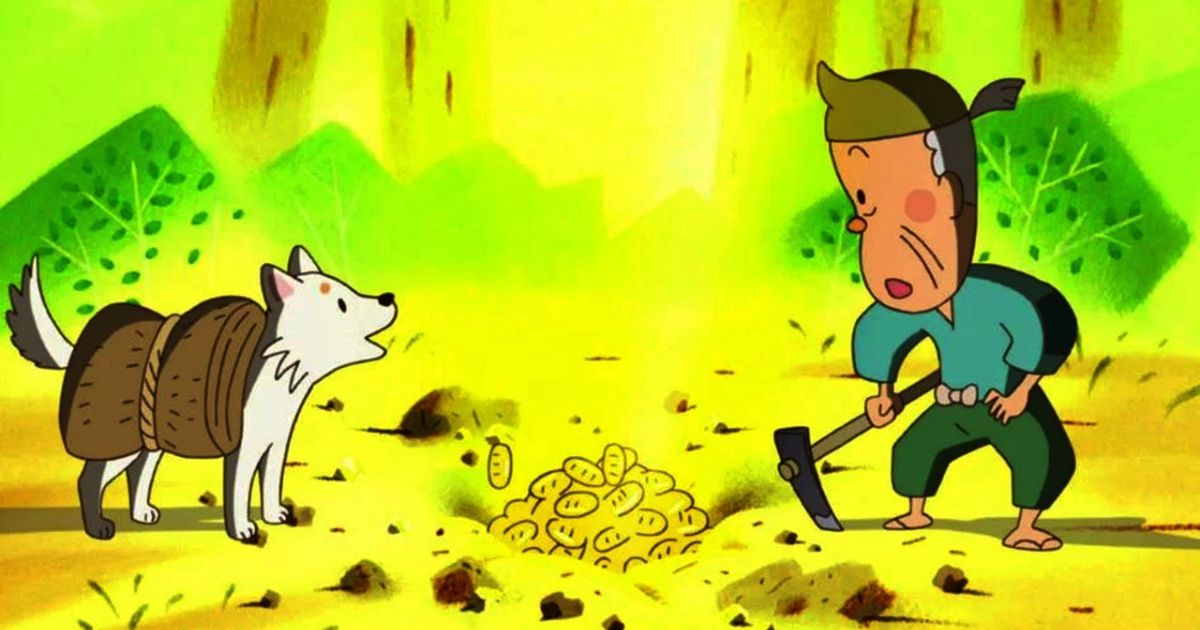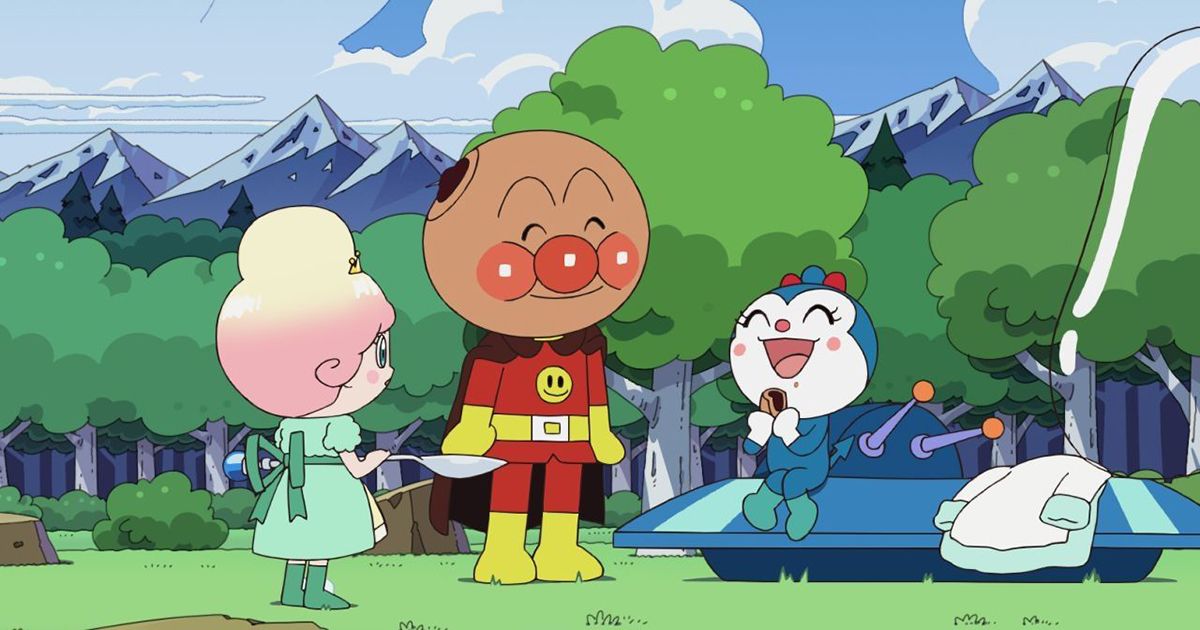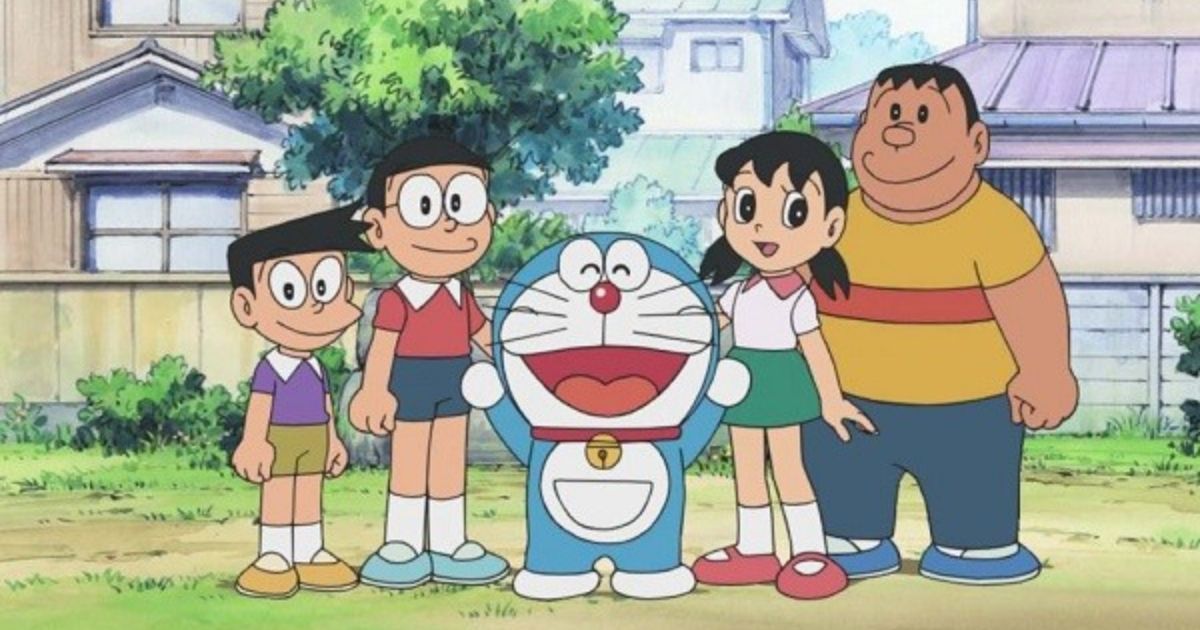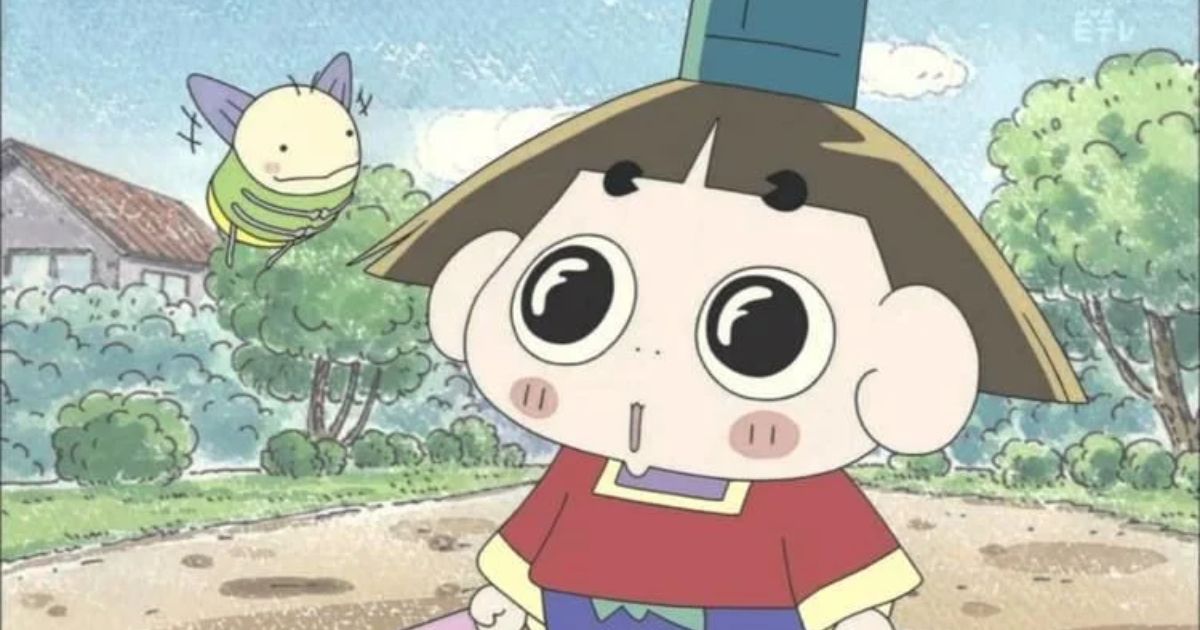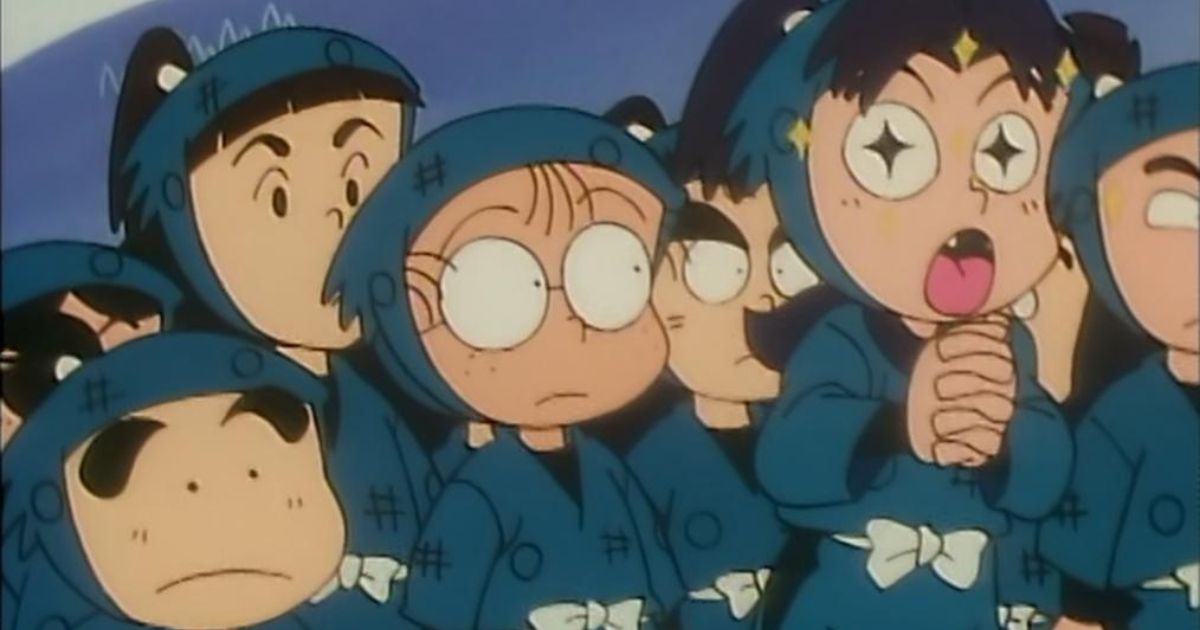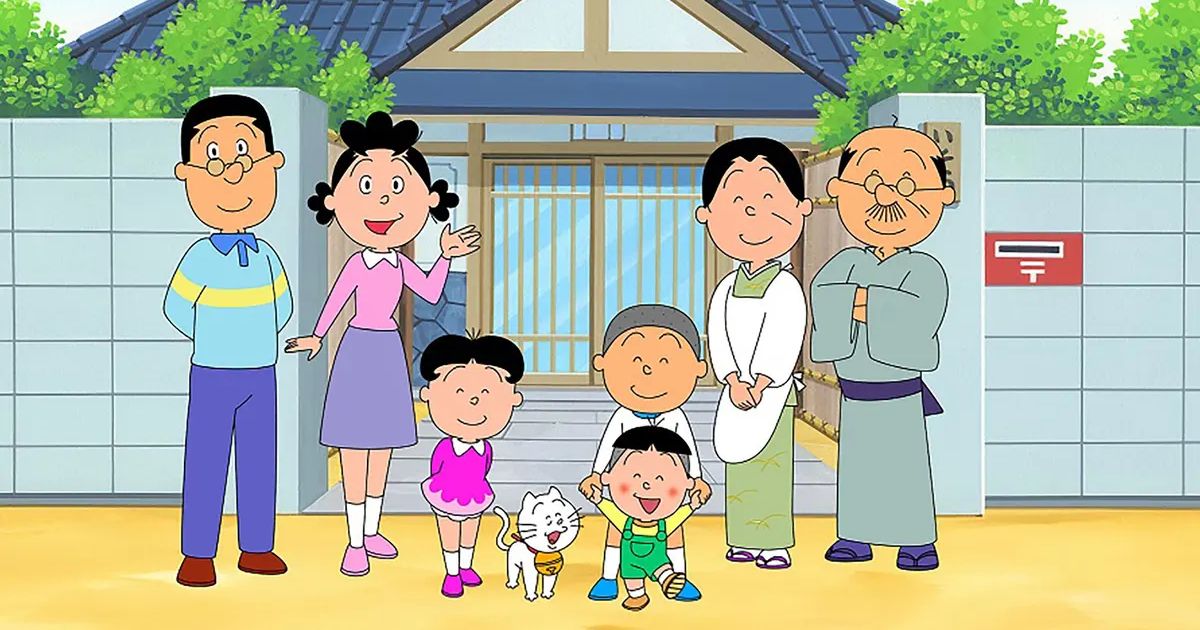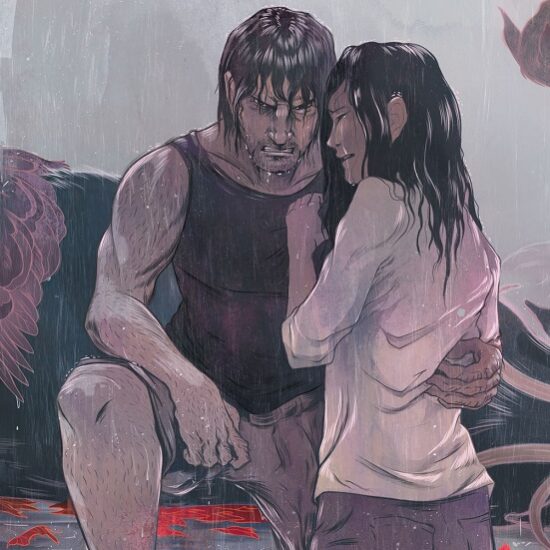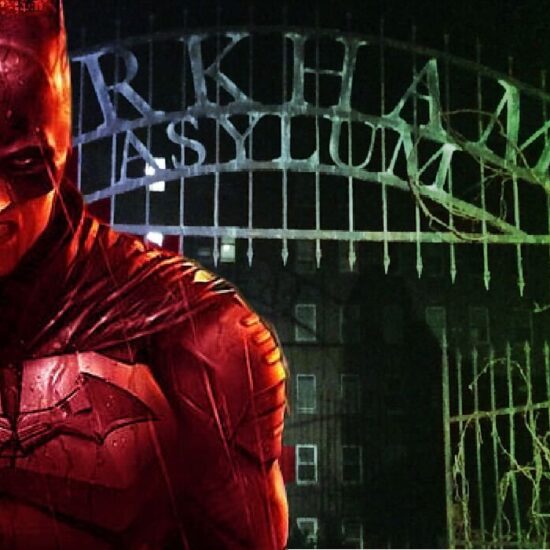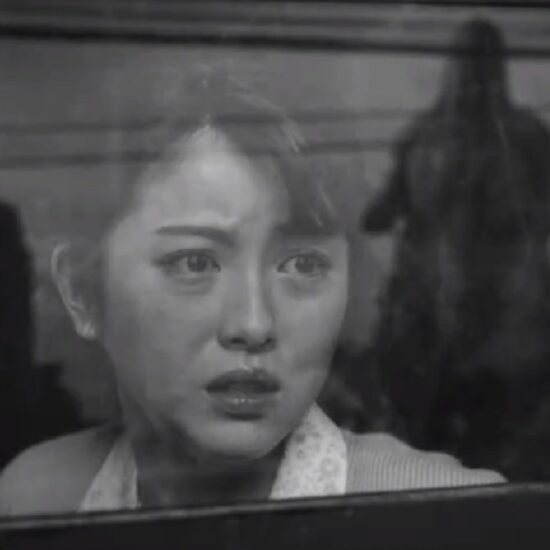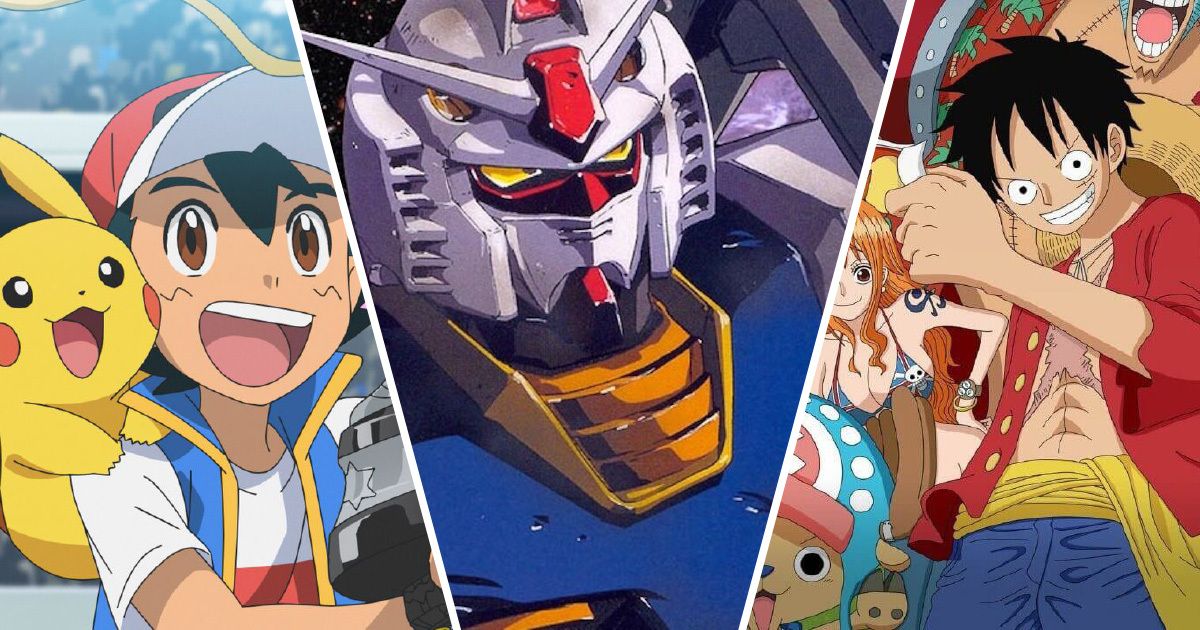
Japanese animation has been a cornerstone of modern pop culture for decades, and with that popularity have come hundreds of shows and films. Whether a thousand-episode epics, hard-hitting miniseries, or powerfully dramatic films, they have helped influence the modern animation landscape and brought Japanese culture to the world. With so many great series to explore, finding your next binge-watch can be a lofty proposition. Maybe you want a simple six-episode miniseries that you can power through in a weekend, or maybe you really want to sink into a whole new world for weeks on end. If you are looking for the latter, this list is for you.
Given the popularity of the medium, certain anime series have reached massive episode counts. Many of these series are educational shorts made for children, but there are options for fans of every genre. This list covers 20 of the longest-running anime series that have been produced so far. With an eclectic mix of modern and classic, anime fans of all stripes are guaranteed to find something on this list. If nothing else, you can sink into the history of a medium that has grown and evolved for decades.
20 Naruto Franchise: 720 Episodes
The Naruto franchise has become a staple of the Shonen genre since its release in 2002. Following the adventures of Naruto Uzumaki, an orphaned young man in Konohagakure or the Hidden Leaf Village, viewers follow him grow from student to master ninja over the course of its 720-episode run.
While this list doesn’t include the episodes of its sequel series, Boruto, which would push the count over 1000, Naruto and Naruto: Shippuden alone were enough to include this franchise on this list. These two were chosen due to each season’s focus on Naruto’s journey, before and after a time-skip.
Despite the franchise’s massive fan base and genre-defining popularity, its length has led to some criticism. Many fans feel as if it was padded out with too much filler and fluff, especially in the Shippuden timeline. While the battles are epic and full of intense effects, the series tends to stretch them out over several episodes, a typical Shonen trope that has thankfully fallen to the wayside.
Nevertheless, Naruto still stands up today, and while fans of the series are divided over Boruto’s quality, fans of the original anime should dive into the new series after they have poured through Naruto’s extensive back catalog.
19 Shima Shima Tora No Shimajiro: 726 Episodes
For American viewers, it is no surprise that children’s television series typically have huge episode counts. After all, Sesame Street alone has aired 4,666 episodes since its debut in 1969. Given that Shima Shima Tora No Shimajiro is intended for the same age group and audience, it should be no surprise that it makes this list.
This is even without its three sequel series, which would add another 782 episodes to the total count. Shima Shima Tora originally ran from 1993 to 2008, and it became a cornerstone of Japanese educational programming, though it never made its way to American audiences.
The series focuses on Shimajiro, a young anthropomorphic tiger, as he and his family go through their daily lives. The show tackles typical childhood themes like making friends, apologizing, and responsibility. Full of cute characters and wholesome themes, the show was a massive success, largely explaining its thirty years of production.
The character has even featured in 10 anime feature films, and with Shimajiro No Wao!’s continued popularity, there doesn’t seem to be an end in sight for this adorable young tiger and his friends.
18 Asa Da Yo! Kaishain: 744 Episodes
One of the most beloved aspects of Japanese storytelling is the sometimes surreal and bizarre elements introduced. In Asa Da Yo! Kaishain, this absurdity takes center stage. Based entirely on a pun, with translations of the title equating to “Clamployees,” the series was a workplace comedy following a group of clams.
It was a satire not unlike The Office,except far more over-the-top. Several workplace stereotypes were on full display throughout. Including the series here is a bit of a cheat; each episode only lasted one minute. Despite this, it had a unique place as an adult-centric segment that aired during NTV’s news segment.
17 Kotowaza House: 773 Episodes
Similar to Asa Da Yo!, Kotowaza House is a series of anime shorts directed at adults, though the premise is far less ludicrous. Acting as a public service segment, the series followed the day-to-day life of Peter, a typical salaryman. Peter lived an incredibly unhealthy lifestyle, with each episode focusing on ways to help improve his health and social life.
It is a bizarre concept for American audiences, given that educational programming is generally aimed at kids, but despite its less-than-stellar reviews, Kotowaza House ran for seven years, starting in 1987.
16 Dragon Ball Franchise: 798 Episodes
Many fans might be surprised to learn that the Dragon Ball franchise lands so low on this list. For nearly 30 years, the series has acted as the foundation for the Shonen genre, and with that extensive popularity and lifespan, along with its five seasons and 21 movies, many might assume it to be much higher. Nevertheless, here it lands, with a still impressive 798 episodes and more in production. The series has delighted fans with its intense fight scenes and over-the-top characters, mixing elements of science-fiction, fantasy, and superheroics together in new and interesting ways.
Akira Toriyama created Dragon Ball in 1984 as a science-fiction adaptation of Journey to the West. Goku, a lost alien child from a distant planet, arrives on Earth in a spaceship, proceeding on a great journey alongside several other friends. However, as Dragon Ball Z began to air, the science fiction elements saw more of a focus, with interstellar adventures, aliens, time travel, and plenty of over-the-top and flashy anime battles on full display. Dragon Ball isn’t just a huge anime hit; it helped define modern pop culture as we know it.
15 Sekai Monoshiri Ryoko: 1,006 Episodes
Given the release dates of some of these series and the fact that most released as shorts during commercials, there are some that have been lost to time. Sekai Monoshiri Ryoko is one of those series. This series followed a young girl on her adventures around the world, with each episode focused on a different location. Some episodes would see her traveling to the Amazon rainforest, or experiencing the wonders of the world’s most famous cities. They were intended as short educational blurbs, with the girl learning about the locations as she traveled to them.
Very little is known about this series outside its general premise. The series was never recorded or sold to the general public. The five-minute shorts originally released in 1971, and outside a few marketing materials, posters, and clips, there is no way to find this 1006-episode series. Despite this, the series had a unique premise. Travel and an understanding of world cultures are things that have only recently been explored in children’s programming. Given its early debut, Sekai Monoshiri Ryoko was far ahead of its time.
14 Gundam Franchise: 1,027 Episodes
While not the first example of the Mecha genre, the Mobile Suit Gundam franchise is definitely one of the most, if not the most, popular anime in the genre. The various series within the franchise have gone on to define the genre since its release in 1979. While each season follows a new protagonist and a new battle for them to fight, this list still includes them together for the sake of their impact. No matter which season of the show is your favorite, from the OG Mobile Suit Gundam to the modern Iron-Blooded Orphans, you cannot deny the massive staying power of this property, its compelling interstellar war narratives, and its incredible robot design.
13 Detective Conan: 1,067 Episodes
For die-hard fans of anime, Detective Conan, otherwise known as Case Closed in America due to copyright issues with a certain barbarian, is a mainstay recommendation, representing one of the best mystery/thriller series. The series follows Shinichi (or Jimmy) Kudo, a high school-aged private detective.
While working with the police against the Black Organization, Shinichi is captured and drugged with a mysterious chemical that transforms him into a young child. Still with the mind of a brilliant detective, Shinichi adopts the name Conan Edogawa and begins to hunt down leads about the Black Organization.
The series is full of fantastic, head-scratching mysteries, and the premise itself leads to some great comedy and drama. Given his newly acquired youth, Conan has to find unique workarounds to problems that lead to some great moments, especially when he has to impersonate the captain of the police.
It is definitely not the most well-known anime on this list by a landslide, but the dedicated fan base have kept this series going since 1994. With new episodes still releasing, the 1067 episodes listed here are only temporary, with many more on the horizon.
12 One Piece: 1,071 Episodes
With 106 volumes and counting of the manga, One Piece by Eiichiro Oda has become a modern icon. Bring the fervor of piracy and fantasy superpowers to Japan, the series follows Monkey D. Luffy, a pirate ship captain, in search of the ultimate treasure, the One Piece.
Gathering a crew consisting of a powerful swordsman, a navigator, a sharpshooter, a transforming reindeer monster, a skeleton, Frankenstein’s monster, and others, Luffy uses his rubber based power set to stretch around and punch through his competition on the open seas while avoiding the Royal Navy.
One Piece is one of the most popular modern anime, with plenty of goofy characters and moments alongside a compelling and dramatic plot. Given the open seas setting, it makes sense that the manga and anime have continued for so long, but it is endlessly surprising that it hasn’t lost any steam. Fans are still as excited about the next 1000 episodes as they were for the first 1000, with each new surprise blowing up the internet. After all, you only have to look at Luffy’s newest power upgrade to see how big of an impact this massive series has on pop culture.
11 Crayon Shin-Chan: 1,200 Episodes
In the vein of American classics like Rugrats, Crayon Shin-Chan is a hugely popular, ongoing, kid-friendly comedy. While it is technically written for children, much of the humor is directed at adults. The series follows five-year-old Shinnosuke Nohara and his family, with Shin-chan’s struggles with language often acting as the basis for many of its jokes.
Shin-chan also has an age inappropriate attraction to women and a penchant for mischief, but the series has also focused on a number of darker and more serious storylines centered around death and some light horror elements.
The series relies heavily on humor based in the Japanese language and culture, so certain translations can often miss the mark with their jokes. Nevertheless, Crayon Shin-Chan is a hilarious and beloved comedy series for a huge range of audiences around the world, and with 1200 episodes released since 1992, there are plenty of laughs to be had. Given the wide range of genres with which the series plays, there are few other anime as unique and interesting, and though the humor can go over a lot of kids’ heads, Crayon Shin-Chan is still great for a number of different audiences.
10 Pokemon: 1,222 Episodes
Where would the world of anime be without Pokémon? This pop culture juggernaut has grown beyond its humble roots as a simple monster collecting anime and has made its way into nearly every facet of our modern world. Ash, Pikachu, and their myriad friends and allies have become household names, and with 1222 episodes since the series’ initial release in 1997 and a growing catalog of games, there is no sign of the series slowing down in the near future. Ash’s journey is now over, with the series making way for new protagonists from a new region, but that only means that the monster-hunting adventure is set to continue for years to come.
9 Kirin Ashita No Calendar: 1,306 Episodes
The world of television is no stranger to sponsored programming, but few have a cognitive dissonance as strange as Kirin Ashita No Calendar. This anime was another series of educational shorts played during children’s television blocks, and they often featured the series’ mascot, a small cat. Despite being made for children, though, the series was sponsored by the popular beer brand Kirin. To appeal to the parents of the intended audience, they listed themselves as Kirin Brewery in the credits, focusing on their nonalcoholic offerings during their segments.
Kirin Ashita No Calendar is another anime series that has been truly lost to pop culture. Outside of a handful of clips and the show’s intro, the series is largely unavailable for viewing. What we do know of this 1980 classic is that it used a stage play format to help educate children about historical events. Strangely enough, it also spliced live action clips into the animated segments, likely with plenty of Kirin product placement abound. Kirin Ashita No Calendar ran for four years, and with an impressive 1,306 episodes, it is a shame that it is now unavailable for viewing.
8 Chibi Maruko-Chan: 1,359 Episodes
Chibi Maruko-Chan is unique on this list as it is a semi-autobiographical work by manga writer and illustrator Momoko Sakura. The story follows a version of her younger self, nicknamed Maruko, as she gets into trouble and mischief alongside her group of friends and her family. The series originally only ran for two years, 1990-1992, but after the release of two sequel films, Nippon Animation recognized the series’ popularity and started producing a new anime in 1995. This series is still running today, with a live-action spin-off airing in Japan in 2007.
This anime is incredibly nostalgic, adopting a childlike art style that is implied throughout the show to be the title character’s own depiction of the events. It is reminiscent of American classics like Peanuts, Calvin and Hobbes, and Dennis the Menace, with equal parts childish antics and examinations of youth.
The story was intended by Sakura as a series of manga essays, and its massive success comes largely from the deep honesty of the material. Despite having to pause production during the COVID-19 pandemic, the series is still pushing forward with new episodes, creating a beautiful legacy for the late author.
7 Hoka Hoka Kazoku: 1,428 Episodes
While many of the educational series that we know (including the ones on this list) have a level of fantasy or exaggeration to them, Hoka Hoka Kazoku is actually very grounded. This anime aired every weekday on the Fuji TV network for six years, starting in 1976. It followed the Yamano family through their daily lives while splicing in live action segments. The series was a meaningful look at modern Japanese life and customs during its airing, and it took a very down-to-earth and wholesome approach to the subject.
This slow-paced educational series isn’t the most exciting series on this list, but with 1,428 episodes, it definitely had an impact on its home country. The series is no longer airing, and like many of the shorts on this list, episodes of this series are hard to come by, though there are more clips available than other series on this list.
This doesn’t lessen its popularity in Japan, though. It most definitely feels dated in the modern day, and American audiences may not fully grasp the intricacies of the story. Nevertheless, it is still a great showcase of the country’s culture.
6 Manga Nippon Mukashi Banashi: 1,471 Episodes
Every country needs a show like Manga Nippon Mukashi Banashi. Focused intently on Japan’s famous folk and fairy tales, each episode told a unique story about the monsters and myths of the country in a beautiful, cartoony art style. There are few other series like it, and its 16-year run proves that there is a huge market for shows in this vein. 1,471 episodes is an incredible feat in and of itself, and the quality of the series shows. While it is no longer in syndication, the series is a huge piece of Japanese popular culture and history, with a recent resurgence of the series taking place in 2017 with new episodes.
5 Soreike Anpanman!: 1,615 Episodes
Japan has created some of the most recognizable and beloved mascot characters of all time, and while Soreike Anpanman! doesn’t have the same recognition outside its home country, there isn’t a city in Japan where the people don’t know its title superhero. It’s hard for them not to recognize this character’s red bean pastry head as it is plastered on products (food, toys, video games, and more) all over the country. Anpanman has the same visual marketing power as Mickey Mouse in America, and for that reason, it’s actually surprising that there aren’t more than 1,615 episodes in this long-running series.
The story of this kid-centric series follows the titular Anpanman (named after the anpan, a type of red bean dessert pastry) as he works to save the world from the evil Baikinman, an anthropomorphic germ. Each episode sees Anpanman battling a new threat or helping a new person.
Interestingly enough, the series holds the Guinness World Record for the highest number of characters introduced in a single series, with 1,768 seen so far. The series has a fun, light-hearted story inspired by the popular picture book, and the concept behind the character has gone on to inspire several other works, including the superhero satire One-Punch Man.
4 Doraemon: 1,787 Episodes
Much like the previous entry, Doraemon has become a marketing juggernaut. Its central character, a robotic cat, is one of the most recognizable animated characters of all time, but unlike Anpanman, Doraemon’s popularity has spread around the world.
The series has been produced in three separate anime series, and the most recent from 2005 was even licensed for an American localization by Disney. The series is a smash hit for younger audiences, and the main character can be seen all over the country in various forms. The series has even had mentions in various anime and has inspired an entire generation of storytellers.
The series follows Nobita Nobi, a young, extremely clumsy and down on his luck boy. His grandchild in the future develops a cat-shaped robot and sends it back in time to help his grandfather improve his life and thus the lives of his descendants. This cat, the titular Doraemon, is capable of summoning a huge array of gadgets and tools from within the 4D pouch on his stomach. Together with his friends Gian, Suneo, and Shizuka, Nobita must work on improving himself and solving problems with Doraemon’s aid.
3 Ojarumaru: 1,947 Episodes
Debuting in 1998, Ojarumaru is still ongoing today. Following a young prince from the Heian Period named Ojarumaru, the series begins after he steals from the Great King Enma. Pursued by the king’s three oni sons, the prince falls through a hole into modern day Japan, where he meets and befriends the Tamura family.
The story follows a somewhat typical slice-of-life formula, as Ojarumaru learns about the wonders of the modern day while also avoiding his pursuers. New characters have been introduced and focused on over the last 25 years, and the story often also delves into its more fantasy elements.
Ojarumaru might not have the same name recognition outside of Japan as many other anime, but it is one of the most popular animated series in its home country. The fun mix of genres makes it stand out in the vast multitudes of modern anime. More than that, the series has made plenty of references to other media throughout its run, with episodes taking inspiration from fairy tales from around the world and even other anime like Attack on Titan. Ojarumaru is simple fun from the first episode, and anyone looking for a light-hearted slice-of-life story should check it out.
2 Nintama Rantaro: 2,321 Episodes
For those viewers who want a lighter, more family-friendly introduction to ninjas than Naruto, Nintama Rantaro might just be for you. Rantaro Inadera is a nine-year-old boy who longs to be a ninja despite his poor vision. Alongside his friends Kirmaru Setsuno, Shinbee Fukutomi, and the rest of the first-year Ha class, Rantaro must study and train hard to rise through the ranks. While it doesn’t have the serious edge of other ninja series, Nintama Rantaro has run for thirty years and has some great comedy to boot. While the series was never localized or dubbed, it is still available for viewers in other countries under the title Ninjaboy Rantaro.
1 Sazae-San: 7,920 Episodes
Closing out this list with an astronomical leap in episode count is Sazae-San. There isn’t even any competition for this series of lifestyle shorts, with over five and a half thousand episodes separating it from the second-place series. Of course, this massive leap in numbers comes from Sazae-San’s over 50 years of existence, with episodes releasing starting in 1969.
With the series still ongoing and quickly approaching 8,000 episodes, there is little chance that it will lose its Guinness World Record for longest-running animated series in the world.
The series follows a traditional slice-of-life formula, following the titular lead as she goes about her daily life. However, it managed to tackle many themes that were incredibly progressive upon its initial release, namely women’s rights and the roles of husband and wife in a family structure.
This is especially surprising given that the manga was published starting in 1946. Despite these forward-thinking themes, the stories are still considered incredibly nostalgic, mirroring traditional Japanese culture before the modern day.







